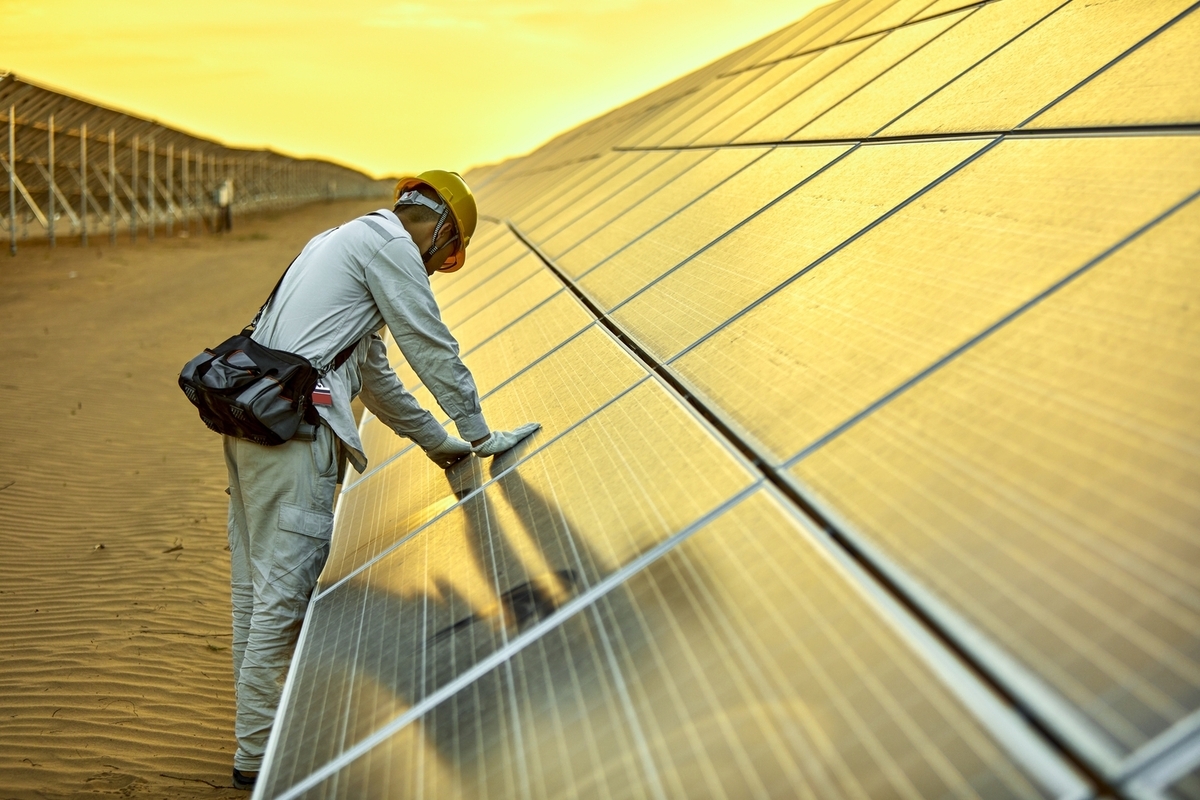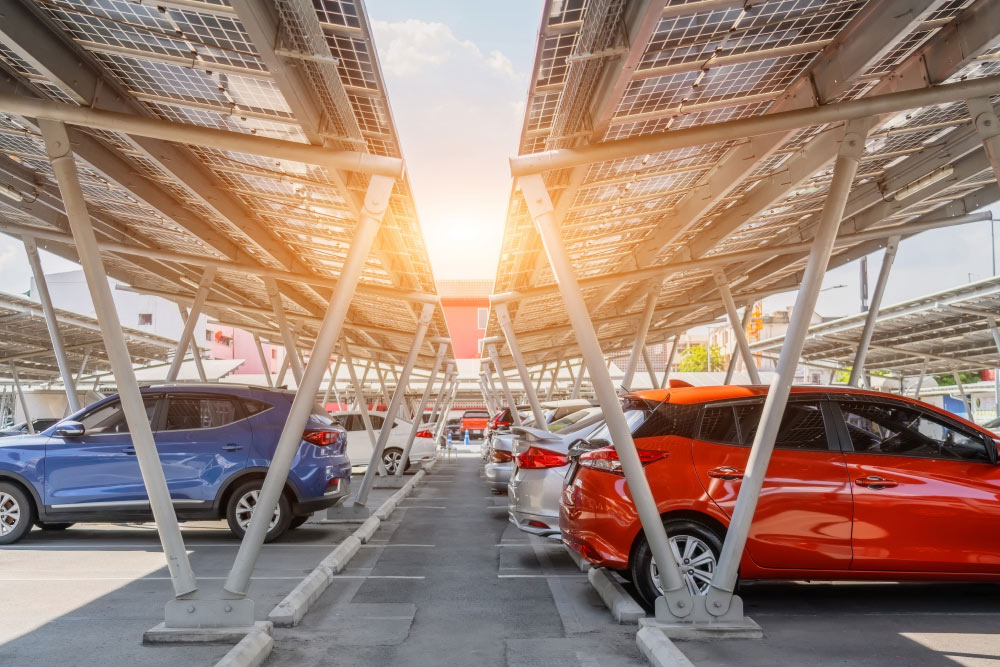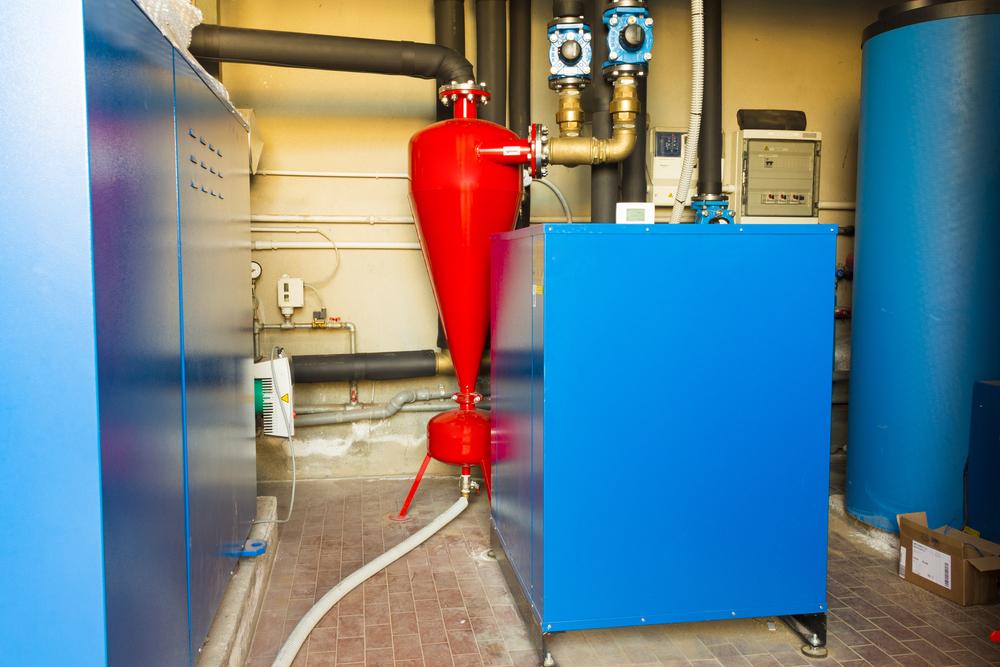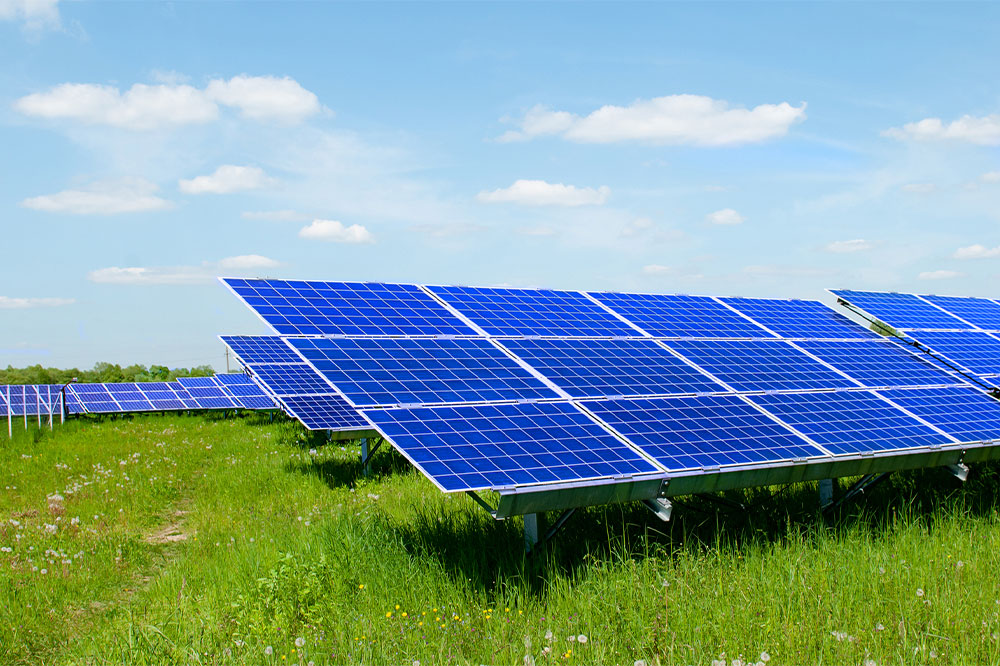Comprehensive Guide to All-In-One Solar Power Systems
Discover the essentials of all-in-one solar power systems in this comprehensive guide. Learn about key components, operational processes, benefits, and crucial purchasing tips to make an informed switch to renewable energy. Perfect for homeowners and businesses seeking sustainable energy solutions with easy installation and scalability options, this article highlights how these integrated systems can reduce costs, lower carbon footprints, and provide energy independence.

Comprehensive Guide to All-In-One Solar Power Systems
Adopting solar energy is more than just a trend; it's a vital step toward sustainability. All-in-one solar power systems simplify the switch to renewable energy for homeowners and businesses alike. This guide provides a detailed overview of what these systems include, their main components, advantages, and key factors to consider before purchasing.
What Are All-In-One Solar Power Systems?
These systems are pre-assembled kits containing all necessary equipment to produce electricity via solar power. Designed for easy installation and operation, they offer a straightforward pathway to harnessing solar energy.
Typically, an all-in-one solar setup includes:
1. Solar Panels: Capture sunlight and convert it into electrical energy.
2. Inverter: Converts the stored DC power into usable AC electricity for household devices.
3. Charge Controller: Regulates voltage and current to protect the battery system.
4. Battery Bank: Stores excess energy generated during sunny periods for later use.
5. Mounting Hardware: Facilitates installation on roofs or ground mounts.
6. Wiring and Connectors: Connect components securely for optimal performance.
How Do These Systems Operate?
Their operation is efficient and user-friendly:
1. Energy Harvesting: Solar panels absorb sunlight and generate DC power.
2. Conversion: Inverters change DC to AC for household use, while excess energy is stored in batteries.
3. Battery Management: Charge controllers ensure batteries are charged safely and efficiently.
4. Energy Storage: Excess power is stored for use during nights or cloudy days.
5. Power Distribution: Electricity is distributed through the home's electrical system as needed.
Advantages of All-In-One Solar Systems
These systems are eco-friendly, cost-effective over time, reduce reliance on grid power, and are often scalable. Minimal maintenance and customizable options make them ideal for many situations.
Factors to Consider Before Purchasing
Assess your energy consumption patterns, evaluate available roof space and orientation, analyze local sunlight exposure, set a realistic budget, and check warranty and support services. Decide whether DIY installation or professional help is preferable based on your skills and the system's complexity.
Embracing all-in-one solar power systems is an efficient, sustainable choice that can lead to long-term savings and energy independence. Proper planning and understanding your needs will ensure a smooth transition to clean, renewable energy from the sun.










